Professional Structural engineers who support Japan, an earthquake-prone country
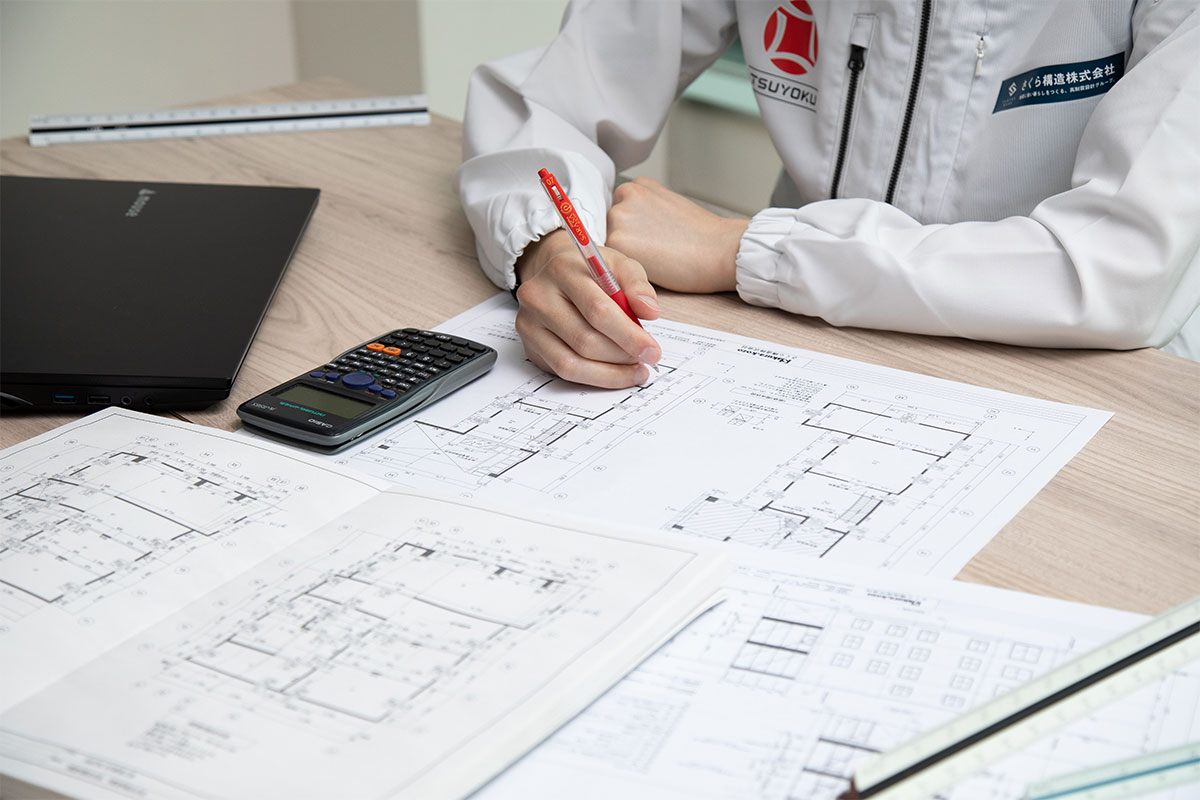
People tend to think that because structural design uses structural calculation software, the results will be the same no matter who does it, but this is actually not the case.
Due to differences in the experience, engineering sense, policy, and judgment of structural designers, there are often differences of more than 20% in terms of frame quantity.
For this reason, structural designers must not neglect to accumulate knowledge and experience, and to practice the “engineering judgment” that allows them to logically state their calculation results with responsibility and courage.
TSUYOKU defines an “earthquake-resistant architect” as a professional in the structural design that supports buildings in Japan, a country prone to earthquakes.
We will make full use of our knowledge and experience in building structures, promote earthquake resistance through accurate engineering judgment, and work to resolve social issues.
Taking on the challenge of solving Japan’s issues as an “earthquake-resistant architect”
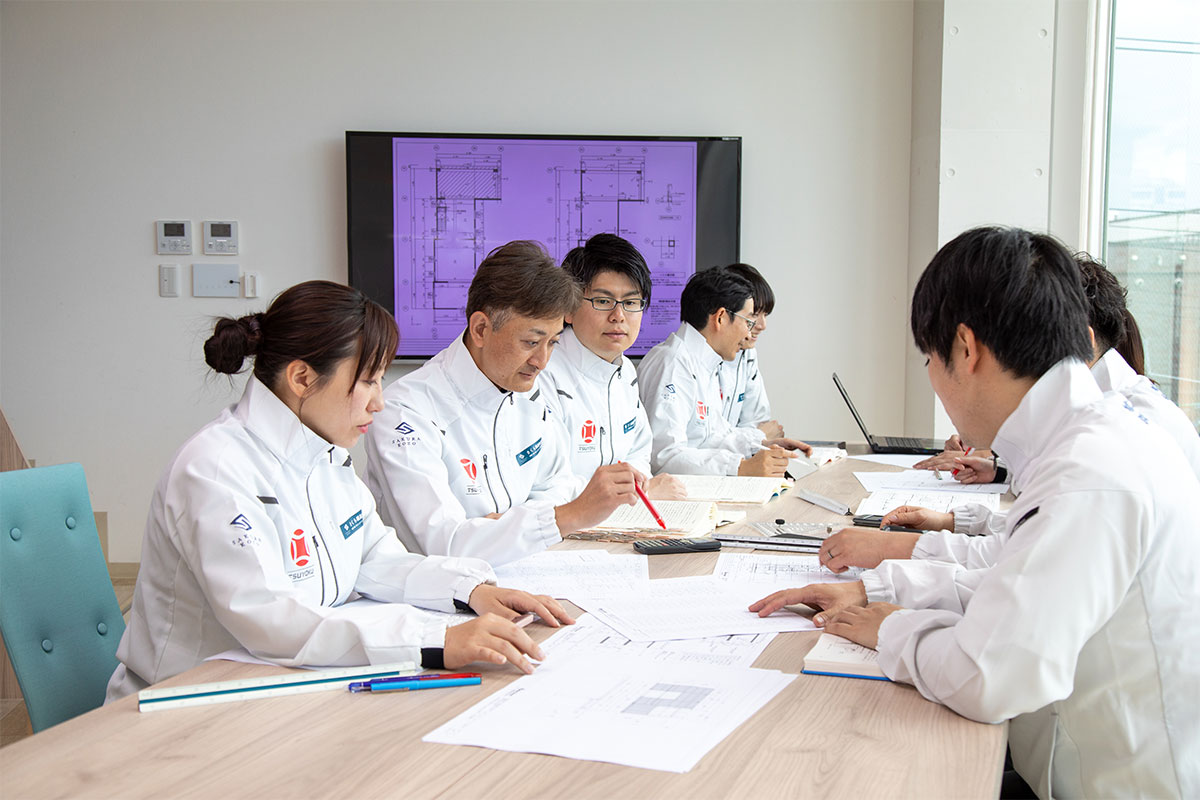
When constructing condominiums or buildings, it is mandatory for a “registered first-class structural engineer” to be involved in the structural design.
First-class Structural Engineer is a higher qualification than First-Class Architect and is a rare qualification with approximately 10,000 people compared to 370,000 registered First-class Architects.
However, the role of a first-class structural engineer is not just to create structural drawings.
TSUYOKU calls such people “earthquake-resistant architects,” who make it their mission to improve earthquake resistance, derive optimal solutions backed by a wealth of experience, and continue to take on the challenge of resolving issues in Japan, a country prone to earthquakes.
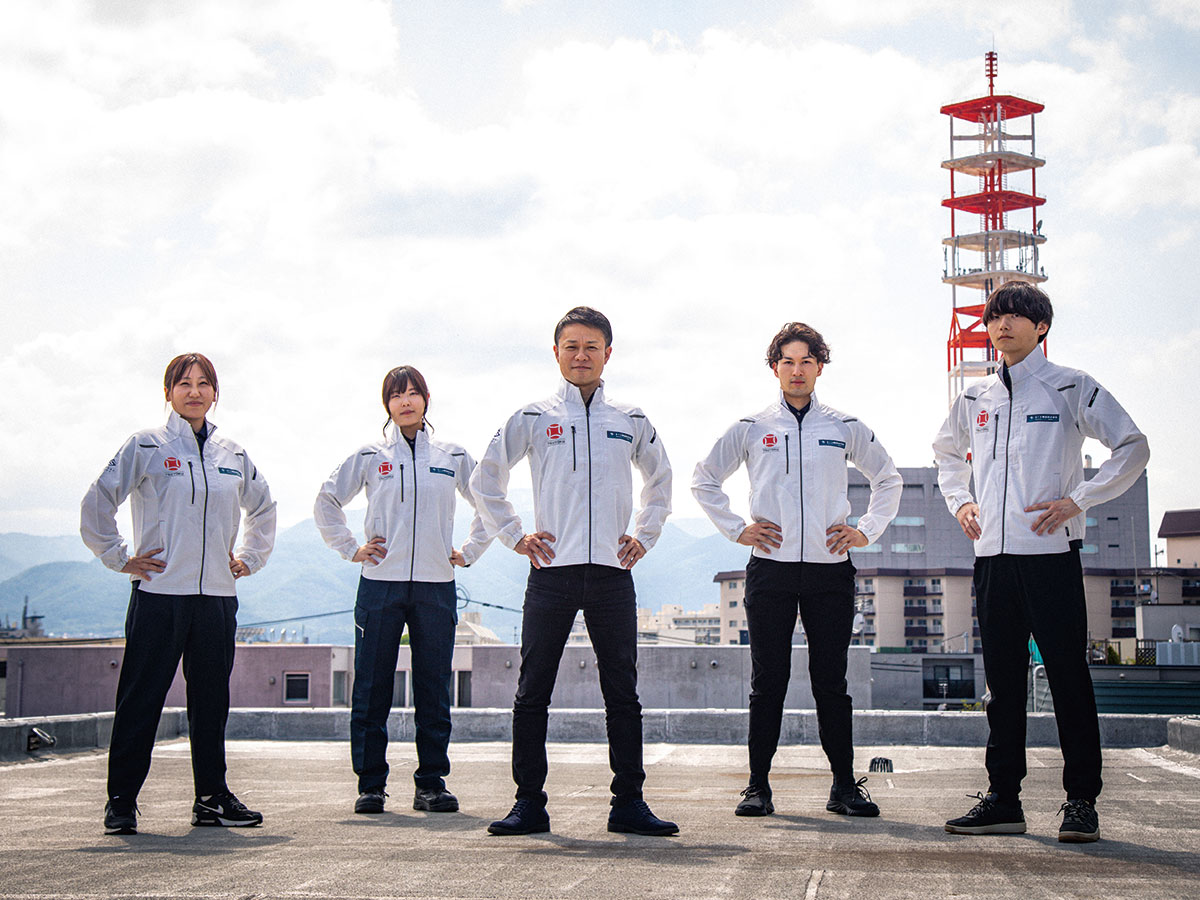
A job that captures feelings that machines cannot do
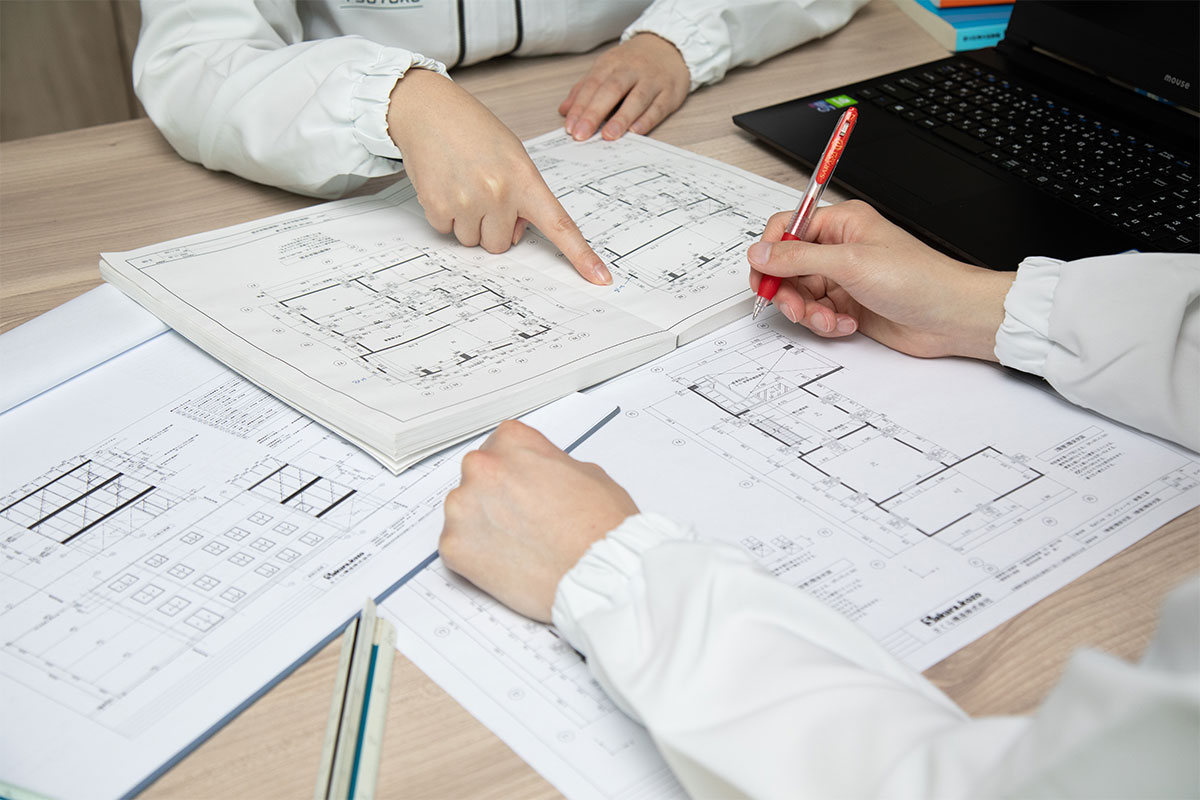
The client incorporates dreams, hopes, memories, emotions, desires, etc. into the building and designs it together with the architect.
No matter how much time advances and artificial intelligence and machines develop, only we human structural engineers can capture the thoughts of the owners and the people who live there.
At times, we think about the people who suffered from the many earthquakes and protect the safety of buildings with the intention of not repeating the same thing.
Balancing Architectural design and Earthquake resistance
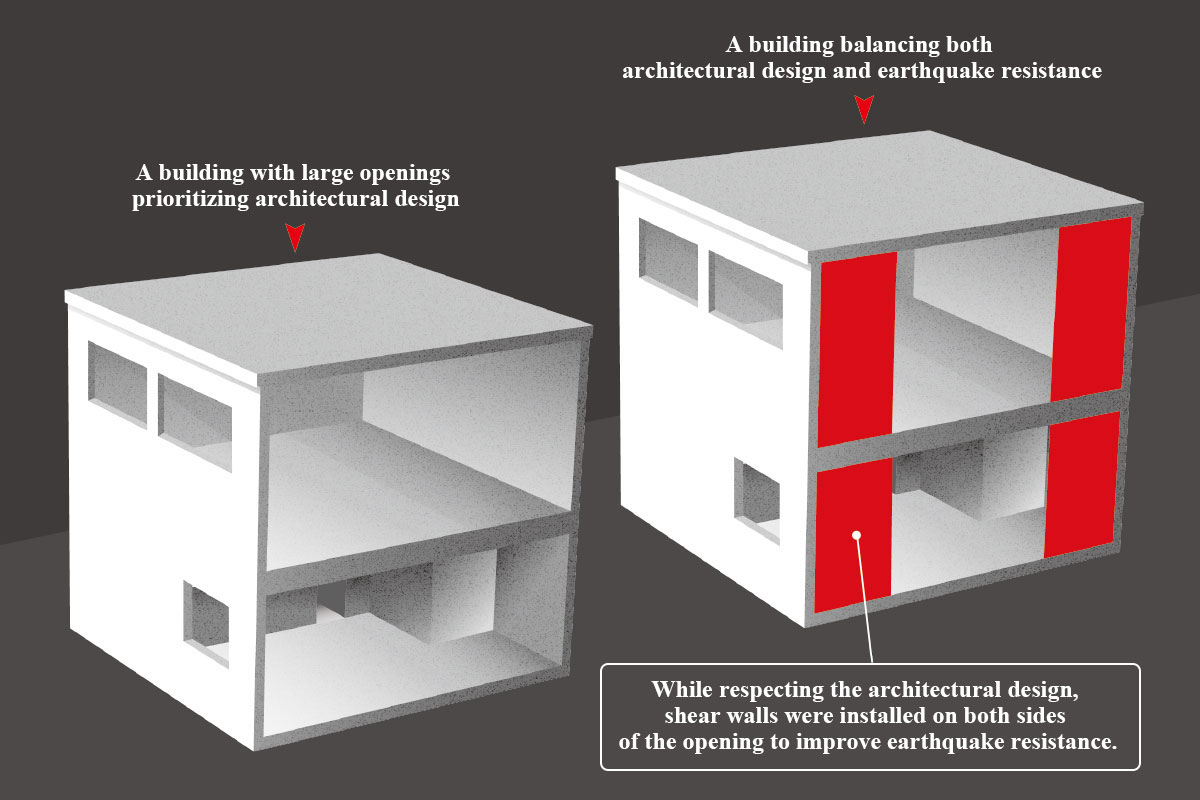
Architectural designs are created with priority given to the design, so the earthquake resistance of the structure is not taken into account.
For example, houses with large openings and large spaces have a high amount of light and a sense of openness, but because there are fewer pillars and walls, there are issues with the strength of the building.
There are “earthquake-resistant slits” that cut slits between columns or beams and walls to disperse the force applied to the framework during an earthquake, but walls with slits do not become earthquake-resistant walls.
To achieve both design and earthquake resistance, the skill of an earthquake-resistant engineer is to avoid adding unnecessary earthquake-resistant slits, hold repeated meetings with the owner and the architectural designer, and increase earthquake resistance without making major changes to the design.
Is high earthquake resistance a high cost?
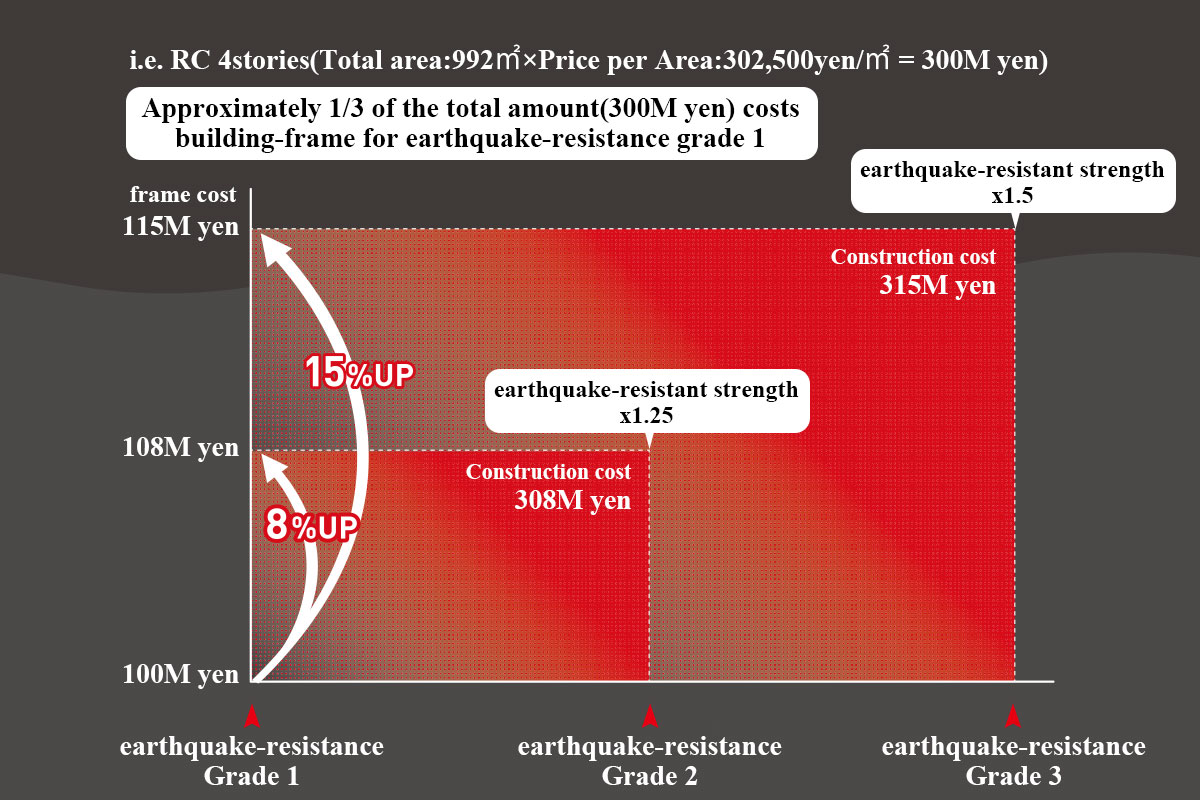
The probability of collapse in a magnitude 7 earthquake is about 28% for a grade 1 building, 7.9% for a grade 2 building, and 3.5% for a grade 3 building. *
Anyone can easily improve earthquake resistance at a cost.
However, this will not allow us to implement TSUYOKU’s goal of “a world in which everyone can choose a home built with high earthquake resistance”.
TSUYOKU suppresses the cost increase of high earthquake-resistant buildings by reducing unnecessary parts and increasing the number of parts necessary for earthquake resistance.
The technique of performing both “subtraction” and “addition” at the same time is sophisticated and can be said to be something that only an earthquake-resistant engineer can do.
*Reference: “Effectiveness of explaining seismic resistance grades using damage probability,” Transactions of the Japan Society of Earthquake Engineering, Vol. 7, No. 6, 2007
Traditional earthquake resistance technology inherited from our predecessors
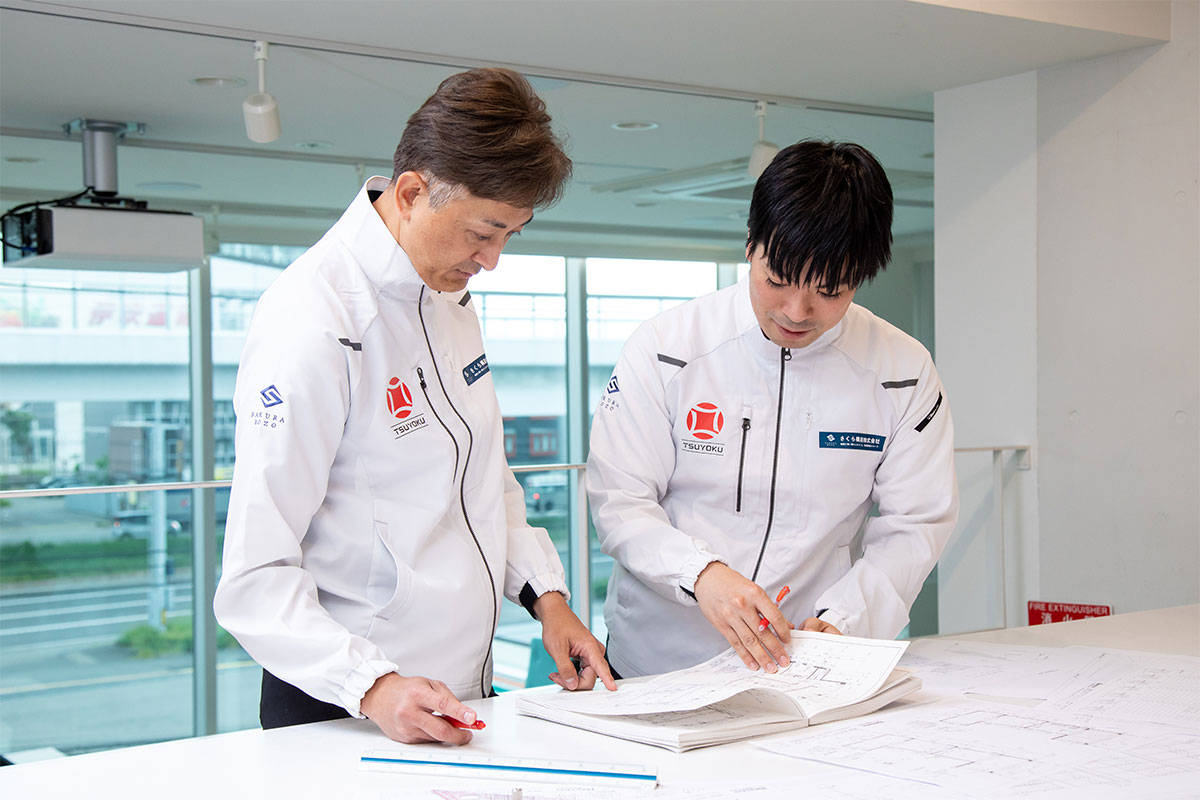
Even in the eyes of other countries, the Japanese are said to be a people with a strong sense of ethics, such as hard work, seriousness, keeping promises, and acting by their conscience.
The cumulative effect of our predecessors’ honest efforts to do what is “right” for the people who use the buildings, even if it does not lead to their evaluation, has made Japanese architecture strong today.
It is our important responsibility to pass on Japan’s structural engineering technology, which is said to be the best in the world, incorporate new technological advances, and pass it on to the next generation, and share it with the world.

